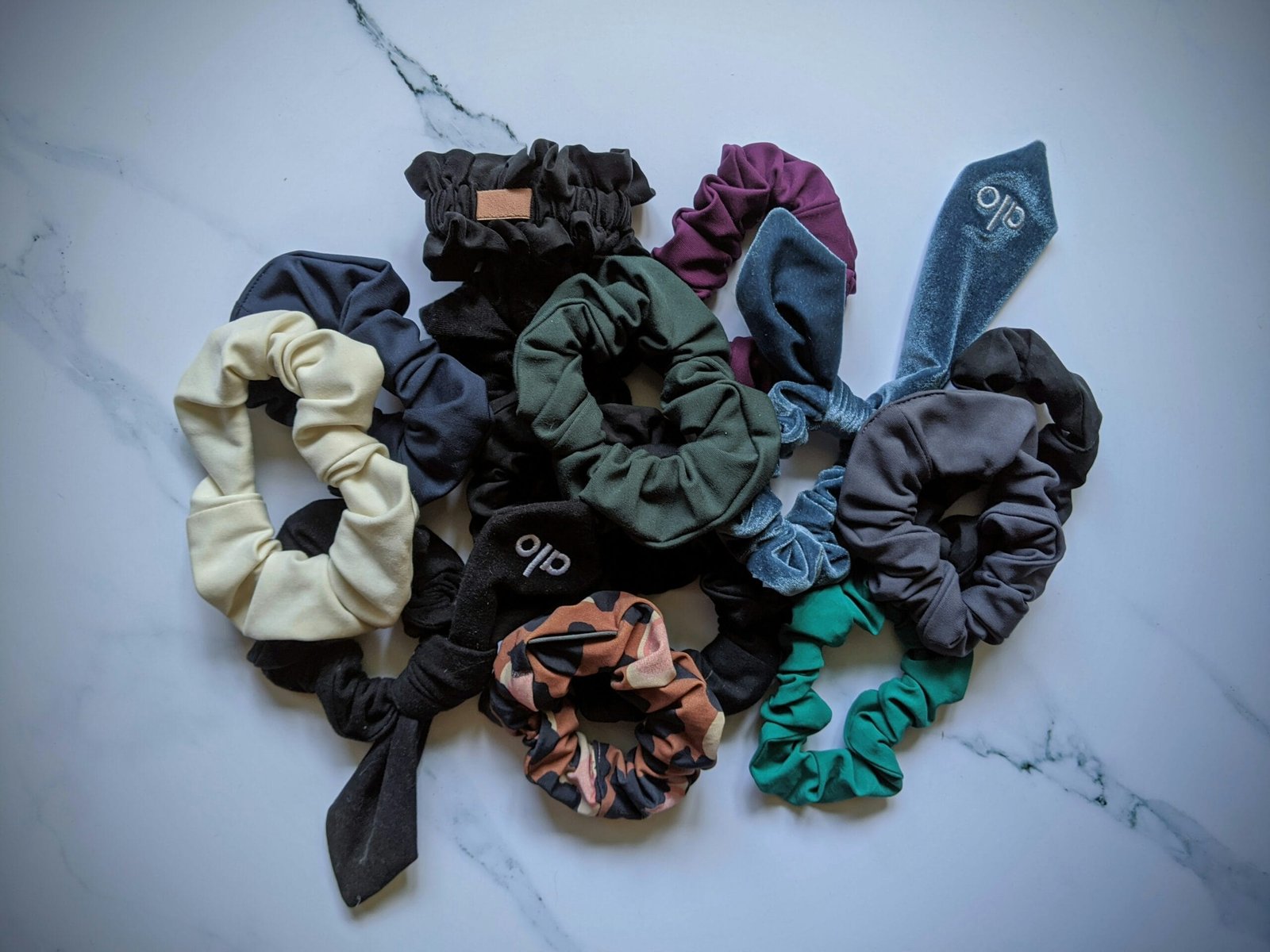Your cart is currently empty!
Healthy Hair Care Tips Blog
Stay Hydrated: The Key to Healthy Hair
Introduction to Hydration and Hair Health Hydration is a fundamental component of overall health, influencing numerous bodily functions and processes. The human body is composed of approximately 60% water, and maintaining optimal hydration levels is vital for sustaining good health. Dehydration can lead to a variety of health issues, ranging from fatigue and headaches to…
Ultimate Guide to Taking Care of Your Hair While in Braids
Introduction to Hair Care in Braids Maintaining healthy hair whilst styled in braids is an essential aspect of overall hair care. Braids are not only a fashionable choice but also serve as a protective style that can promote hair growth and manageability. Many individuals select braiding as a way to shield their natural hair from…
How to Manage Frizzy and Tightly Curled Hair
Understanding Frizzy Hair Frizzy hair, particularly in individuals with tightly curled strands, is a common issue that arises from a combination of biological and environmental factors. Primarily, the structure of the hair itself plays a significant role in its susceptibility to frizz. Curly hair tends to have an elliptical shape and inconsistent cuticle layers, which…
The Impact of Diet on Hair Growth: Essential Foods for Faster Growth
Introduction to Hair Growth and Diet Hair growth is a complex biological process influenced by a multitude of factors, including genetics, hormonal levels, and environmental conditions. However, one of the most significant contributors to healthy hair growth is nutrition. The synergy between a balanced diet and robust hair health is increasingly recognized in both scientific…

Using Wigs as Protective Styles to Promote Hair Growth
Using wigs as protective styles is a great way to grow out hair; however, it needs to be done properly. One of the reasons using wigs appeals to most is that it presents a fun and exciting way of reinventing oneself, but can also have the added benefit of helping grow hair out since there…
Hair Styles That Promote Healthy Hair Growth
Introduction to Hair Growth Hair growth is a biological process that involves a complex cycle which can be divided into three main phases: the anagen, catagen, and telogen phases. The anagen phase is the active growth phase, during which hair follicles produce new hair. This phase can last several years, depending on genetic factors and…

The Best Hair Accessories for Snag-Free Hair Styling
Understanding Snag-Free Hair Styling Snag-free hair styling refers to the practice of utilizing hair accessories that minimize the risk of hair breakage and tangling while accommodating various hair types and textures. Traditional hair accessories, such as rubber bands and metal clips, can create friction and tension on the strands, often leading to undesirable hair problems.…
Unlocking Hair Growth: The Power of Acupressure Points
Introduction to Acupressure and Hair Growth Acupressure is a therapeutic technique rooted in Traditional Chinese Medicine (TCM) that emphasizes the significance of energy balance within the body, often referred to as Qi or Chi. This holistic approach utilizes specific points on the body to promote healing and restore balance, making it a popular alternative therapy…
Exercises That Will Stimulate Hair Growth: Unlocking Your Hair’s Potential
Introduction to Hair Growth and Its Importance Healthy hair growth is an essential aspect of overall well-being that significantly contributes to an individual’s self-esteem and appearance. Hair serves as an important social and cultural symbol, often reflecting vitality and youthfulness. Beyond aesthetics, robust hair growth can be indicative of good health. The condition of one’s…
Nourish Your Locks: The Best Foods for Healthy and Long Hair
Introduction to Hair Health Hair health is a reflection of overall wellness, and nutrition plays a vital role in determining the strength, growth, and shine of our locks. Just as our bodies require essential nutrients to function optimally, our hair needs a balanced diet for healthy maintenance and development. The condition of our hair can…
Got any book recommendations?

